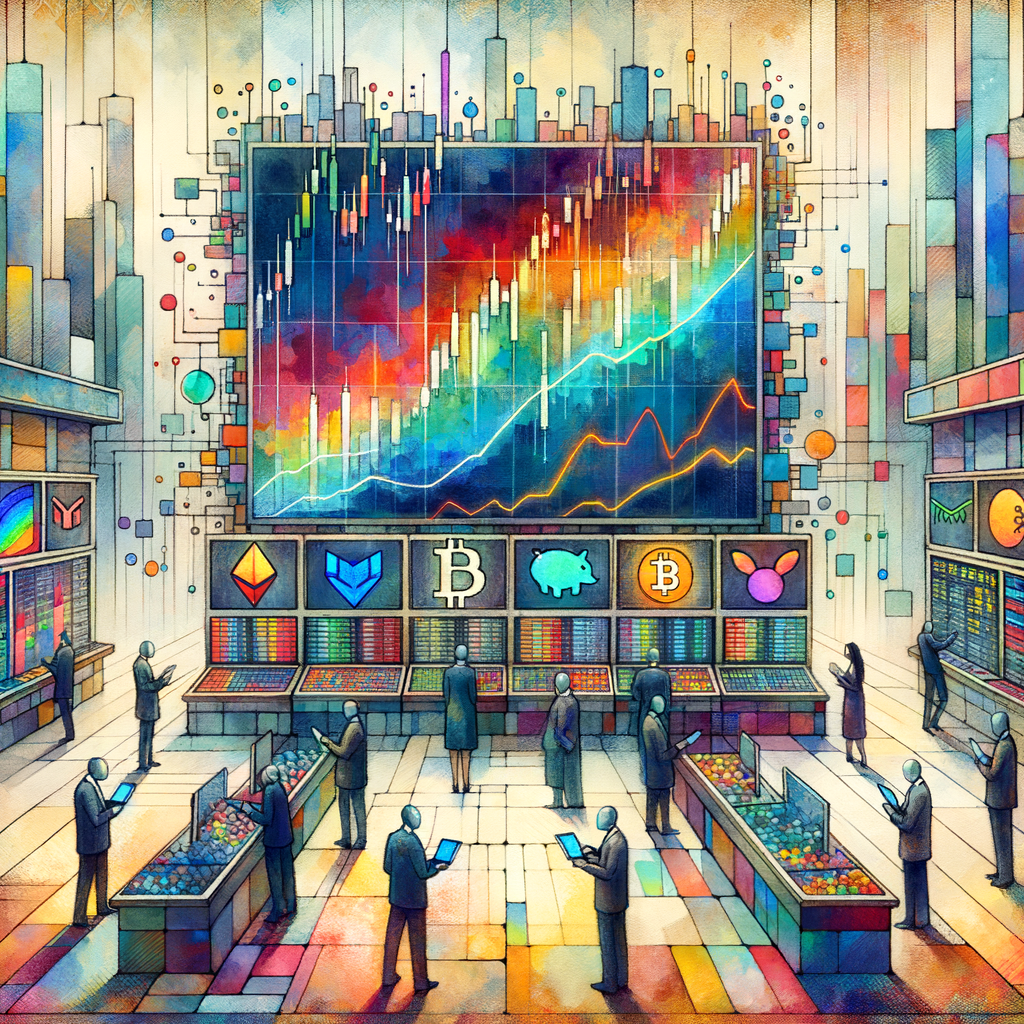It was a rainy afternoon in London when I stumbled across a curious fact: fewer than 1% of global art collectors own 90% of the art market’s value. As someone steeped in the crypto recruitment world, this statistic felt eerily familiar—like the centralisation challenges we’ve fought to fix in web3. That’s when I first heard about Artfi’s blockchain move. Could it truly democratise an industry so deeply rooted in exclusivity?
This isn’t just about pretty pictures or sculptures. It’s about ownership, access, and how blockchain could flip the art world on its head. Let’s dive in.
The Problem: Art for the Elite
Traditionally, the art market has been a playground for the ultra-wealthy. Masterpieces by Picasso or Monet rarely leave the hands of billionaires or exclusive institutions. For the average person, owning a piece of art history is as unattainable as buying a private island.
When I worked with a blockchain startup last year, trying to solve similar issues in real estate, the parallels struck me. These markets are opaque, dominated by middlemen, and leave regular folks out in the cold. Sound familiar? The art market suffers from the same outdated systems, with auction houses and galleries acting as gatekeepers.
Enter blockchain. If crypto could decentralise finance, why not fine art?
Artfi’s Blockchain Move: Fractional Ownership
This is where Artfi comes in, leveraging blockchain to fractionalise art ownership. Imagine owning 1/1,000th of a Picasso—yes, you’d share that ownership with others, but you’d still have a stake in something monumental. This isn’t just a concept; it’s happening.
Using NFTs (non-fungible tokens), Artfi tokenises physical masterpieces, allowing anyone with an internet connection to invest. These tokens are backed by real-world assets, giving them tangible value. And here’s the kicker: blockchain ensures transparency. You know exactly what you own, how much it’s worth, and who’s in the pool with you.
When I first recruited for a similar project in the digital art space, I was sceptical. Would people embrace shared ownership? Could blockchain handle the trust issues? Yet, seeing early adopters thrive shifted my perspective. Artfi seems poised to tackle these hurdles head-on.
Real-World Examples: The Proof Is in the Pudding
Artfi isn’t the first to dabble in this space, but their approach feels refreshingly practical. Let’s talk numbers.
Last year, a comparable project fractionalised Banksy’s Love is in the Air, raising millions in just days. Thousands of investors became co-owners of a piece once considered out of reach. Artfi aims to replicate this success at scale, bridging the gap between traditional and digital art markets.
From a recruitment lens, I’ve seen firsthand how this hybrid model attracts diverse talent. Developers, curators, and even legal experts are jumping into the space, drawn by the potential to disrupt industries. Artfi’s hiring spree reflects this—bringing together blockchain whizzes and art historians under one roof. Talk about worlds colliding.
What Works—and What Doesn’t
Let me pull back the curtain. Recruiting for blockchain projects like Artfi is thrilling but challenging.
What works? The vision. People are drawn to missions that feel revolutionary. When you tell a candidate they could help democratise art, their eyes light up. It’s not just a job; it’s a movement.
What doesn’t? The technical gap. Many brilliant candidates from traditional industries struggle to grasp blockchain’s nuances. This is where recruitment firms like mine play a pivotal role, bridging expertise gaps and aligning talent with purpose.
And let’s not sugar-coat it: adoption isn’t instant. Many art lovers remain sceptical of NFTs, associating them with overpriced digital monkeys rather than legitimate investment opportunities. Education is key.
The Future: Democratisation or Hype?
Will Artfi deliver on its promise? I’m cautiously optimistic. Their blockchain move feels like a step in the right direction, addressing systemic inequalities while introducing art to new audiences.
The landscape is undoubtedly shifting. In my experience, every successful project shares a common thread: adaptability. Artfi’s ability to merge cutting-edge tech with centuries-old art traditions will determine whether it becomes a pioneer or a footnote.
But here’s the beauty of it: even if only a fraction of people embrace this model, it could redefine the art world. Imagine classrooms of students owning shares of a Van Gogh, or an emerging market investor diversifying their portfolio with a Monet token. It’s not just about ownership; it’s about storytelling, accessibility, and rewriting history.
Wrapping It Up
Artfi’s blockchain move isn’t just a tech play; it’s a cultural shift. For someone like me—obsessed with decentralisation and the power of tech to level the playing field—it’s hard not to root for them.
The journey won’t be smooth. There’ll be doubters, technical hiccups, and market volatility. But if there’s one thing I’ve learned from years in crypto recruitment, it’s this: change doesn’t come easy, but it’s always worth the fight.
So, what do you think? Are we looking at the future of art ownership—or just another fleeting trend? Either way, it’s an exciting time to be watching (and recruiting) from the frontlines.



